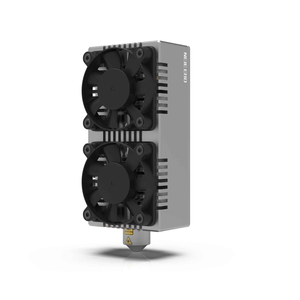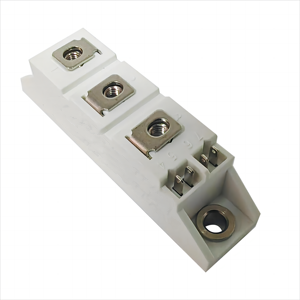Thyristors Online | High-Quality Power Semiconductors
Title: Surge Stopper or Silent Guardian? Unpacking Switching Thyristors
(Are Switching Thyristors A Surge Protection Device)
1. What Exactly Are Switching Thyristors?
Think of a switching thyristor as a super-fast, super-strong traffic cop for electricity. It normally blocks the flow of current. But when a dangerous voltage surge hits, it snaps into action incredibly fast. It switches on hard, creating a low-resistance path. This diverts the massive surge current safely away from your precious equipment. Then, once the danger passes, it resets itself, ready for the next threat. They are solid-state devices, meaning no moving parts, just clever semiconductor layers. This makes them very reliable and very quick. Unlike a simple fuse that blows, a thyristor acts like a temporary detour sign for the surge, protecting the main road.
2. Why Use Them for Surge Protection? Speed is Everything.
Surges happen in microseconds. Lightning strikes, power grid switching, big motors turning off – these events dump huge energy instantly. Old-school protectors like metal oxide varistors (MOVs) clamp the voltage but absorb the energy, getting damaged over time. Gas discharge tubes are slow. Switching thyristors win because they react blindingly fast. They can turn on in nanoseconds. This speed is crucial. It means they react before the surge voltage can climb high enough to fry sensitive electronics inside your gear. They also handle massive surge currents, thousands of amps. Plus, they don’t degrade with each small surge like MOVs do. They are built for the big hits and last a long time. Their ability to reset automatically is a huge advantage for continuous protection.
3. How Do Switching Thyristors Actually Work Their Magic?
Imagine a thyristor like a special gate with two keys. It has three parts: an anode, a cathode, and a gate terminal. Normally, the gate is “locked,” blocking current flow between anode and cathode. This is its high-resistance state. Now, a surge arrives. The voltage across the anode and cathode skyrockets. If this voltage exceeds a specific “breakover” level, the thyristor self-triggers. It unlocks instantly. The gate can also be triggered by a separate control circuit sensing the surge. Once triggered, the thyristor latches on. It switches to a very low-resistance state, almost like a short circuit. This creates an easy path for the massive surge current to flow through the thyristor, bypassing your protected equipment. The surge energy gets safely dumped, usually into the ground. After the surge current drops below a “holding current” level, the thyristor automatically turns off and resets, blocking current again.
4. Key Applications: Where These Silent Guardians Shine
Switching thyristors are the heavy lifters protecting critical and expensive systems. You find them inside robust surge protection devices (SPDs), often in the secondary or even primary protection stages. Look for them guarding industrial control panels – the brains running factories. They shield sensitive medical imaging machines in hospitals from power hiccups. Telecom central offices and cell towers rely on them to keep communications flowing during storms. Data centers use them to protect servers and network switches from catastrophic surges. Anywhere expensive electronics connect to AC power lines or data/communication lines vulnerable to lightning or switching surges, these thyristor-based protectors are likely on duty. They excel in environments demanding high surge current handling and long life.
5. FAQs: Clearing Up the Confusion
Are they the same as a regular surge protector power strip? No. Your typical power strip uses MOVs. Switching thyristors are components inside much more robust, often industrial-grade SPDs designed for much bigger surges.
Do they wear out like MOVs? Generally, no. MOVs degrade slightly with every surge. Thyristors either work perfectly or fail completely under extreme overload. They don’t fatigue with repeated surges within their rating.
Are they instant and perfect protection? They are incredibly fast, but physics has limits. No device stops all surge energy instantly. They clamp the voltage extremely quickly, minimizing what reaches your gear. Proper installation is also key.
Can they handle continuous faults? Usually no. They are designed for short, high-energy surges. A sustained overvoltage (like a lost neutral wire) can destroy them. They often need backup protection like fuses.
Why aren’t they in everything then? Cost and complexity. MOVs are cheaper for basic protection. Thyristor-based SPDs are more expensive and often used where failure is unacceptable or surge risks are very high.
Do they make a noise or flash? Typically no. Their operation is silent and invisible. You might see an indicator light change on the SPD housing if it has one.
(Are Switching Thyristors A Surge Protection Device)
What happens if one fails? Good SPDs have status indicators (like an LED) showing if the protection is still active. If the thyristor fails, it usually fails open circuit, meaning protection is lost. Regular testing or monitoring is important.


